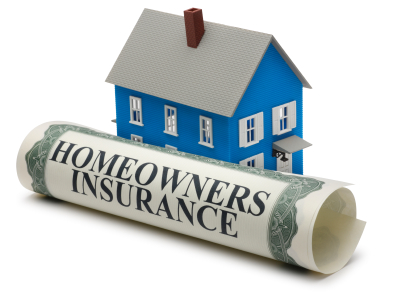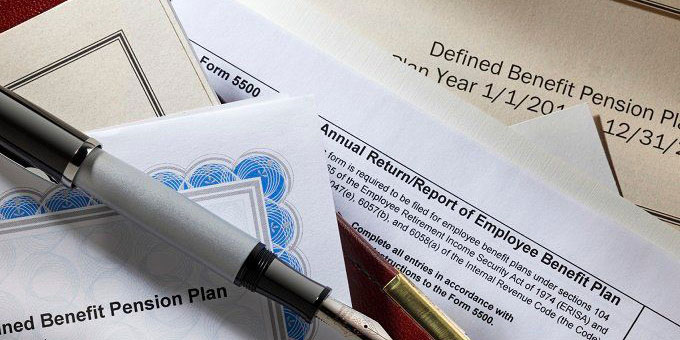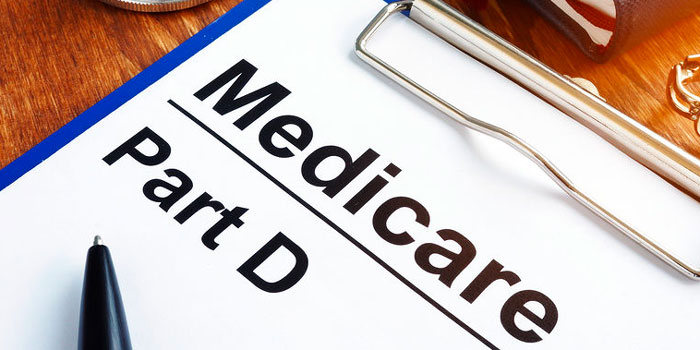When you buy a homeowners policy, you pay the premiums, and the insurance company commits to pay for covered losses by the policy's provisions. The majority of all-inclusive homeowner's insurance plans consist of the following six categories of coverage:
Dwelling (Coverage A)
Your home's primary structure and any connected buildings, such as a carport or garage, are protected under your dwelling policy. In addition, it may assist in the payment of covered losses to systems such as permanently installed plumbing, heating units, and air conditioners.
Other structures (Coverage B)
Structures on your property that are detached from the main house, such as a garage or shed, are protected by Coverage B.
Personal property (Coverage C)
After a covered loss, the personal property coverage on your insurance policy may assist in paying to replace the contents of your house, such as clothes and furniture.
Loss of use (Coverage D)
Coverage D may assist with the payment of expenditures such as accommodation, food, and storage if you are forced to relocate because of a loss covered by your insurance policy.
Personal liability (Coverage E)
If you or a member of your family are found to be liable for the injuries or damages sustained by another individual or their property, having personal liability coverage may assist pay for the associated costs. For instance, if a windstorm causes a tree in your yard to topple and smash into the home of your next-door neighbor, Coverage E may contribute to the cost of repairing the damage. This coverage may also assist with paying your legal fees if someone sues you for negligence after slipping and falling on your driveway.
Medical payments (Coverage F)
If someone who is not a member of your family experiences an accident on your property, like a youngster from the neighborhood who is playing in your yard, Coverage F may contribute to the payment of their medical bills. If a member of your household causes damage to another person while they are on another property, the medical payments coverage on your insurance policy may also cover the other person's medical expenditures. This is contingent on the conditions of your policy.
The Special Form, often known as the HO-3, is the most prevalent and hence the most popular sort of homeowner's insurance form. Insurance plans purchased by homeowners protect them from financial devastation brought on by various hazards, including burglary, windstorms, and fire. Although other insurance types only cover the risks listed in the policy's terms, HO-3 plans cover all risks except those expressly excluded. HO-3 policies often do not cover losses resulting from earthquakes or floods. Nevertheless, all-peril coverages only applies to losses sustained by your residence. Personal property is protected only by an HO-3 and only against certain hazards.

Recommended Coverage Amounts for Household Goods
In most cases, the dwelling coverage that is included in a normal homeowner's insurance policy is enough to pay the cost of totally rebuilding the house. This value is sometimes referred to as the "replacement cost" of the house in the business. The insurance company might determine the replacement cost based on several variables, such as the home's current market worth or purchase price. The replacement cost should not take into account the value that has been lost due to depreciation. Still, rather it should represent the cost of rebuilding using comparable materials.
The recommendation made by the North Carolina Department of Insurance is to have dwelling coverage that is equivalent to at least 80 percent of the cost of rebuilding the home. In some circumstances, an insurer may choose to offer a policy that covers the whole amount of the replacement cost. Bear in mind, however, that a conventional homeowner's insurance policy will only pay out claims to the extent of its coverage.
Optional Rebuild Coverages

Investing in extended replacement cost insurance, which may often pay up to 25–50% more than the maximum of your dwelling coverage, is the best way to prevent incurring unneeded out-of-pocket expenses.
Rebuilding homes that do not comply with the most recent construction regulations also costs more money. Consider adding a rider for homeowners or laws in your homeowner's insurance policy if you own an older house that is not up to code. After a loss covered by the insurance policy, this protection helps pay the additional costs associated with bringing the house up to code.



